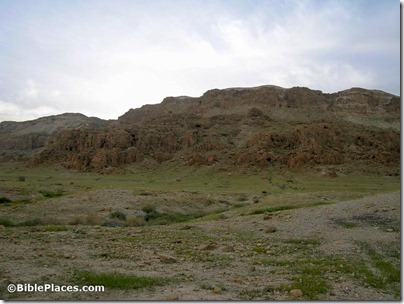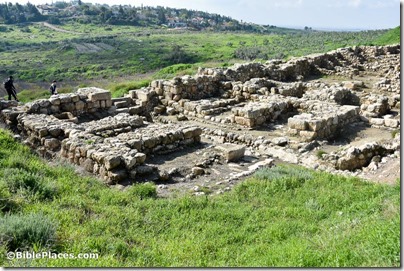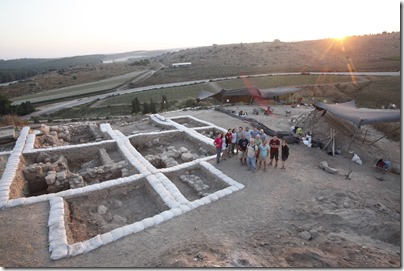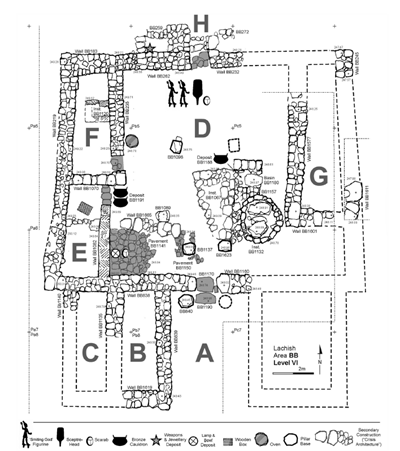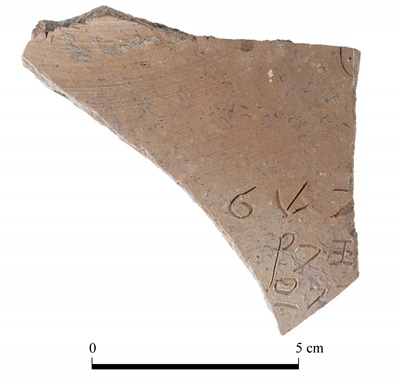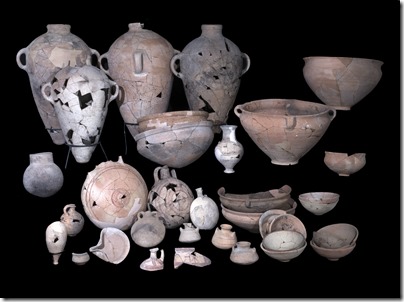In case you were wondering, the Western Wall is closed too. (Perhaps not technically, but the rabbis are issuing edicts on behalf of the Health Ministry.)
Greece has closed all of its museum and archaeological sites until March 30 because of a shortage of guards.
A study commissioned by the Museum of the Bible argues that all 16 of the “Dead Sea Scroll” fragments that they own are forgeries. National Geographic’s extensive report includes a statement by Emanuel Tov that questions that conclusion.
A student identified that a display of medieval artifacts included a sword from the Early Bronze Age.
“It Happened Here” – Life Lessons from Israel: Beersheba – this 6-minute video is #21 in the series by Biblical Israel Ministries and Tours.
The Ecole Biblique in Jerusalem is celebrating its 100th anniversary this year. Their website includes a number of links to related presentations (in French).
“The Institute of Archaeology of The Hebrew University of Jerusalem is very pleased to announce the establishment of The Roger and Susan Hertog Center for the Archaeological Study of Jerusalem and Judah.” Some generous scholarships for M.A., Ph.D., and post-doc programs require application by May 1.
A couple of our blog readers saw the recent post about “Israel by Foot,” and then combined a hiking trip in Galilee with a tour of Israel we recommended with John and Doro Black. They share their experiences and various travel tips on their website dubbed “The Hitched Hikers.”
Carl Rasmussen shares photos and directions to a well-preserved portion of the Herodian aqueduct three miles north of Caesarea.
Emperor Hadrian was quite the traveler, a fact illustrated in this presentation of coins from all over the Roman Empire.
Eric Cline is on The Book and the Spade this week talking about his new book, Digging Up Armageddon.
Ferrell Jenkins was allowed to take one, and only one, photo in the tomb of Rekhmire in the Valley of the Nobles in Egypt.
HT: Agade, Ted Weis

